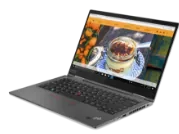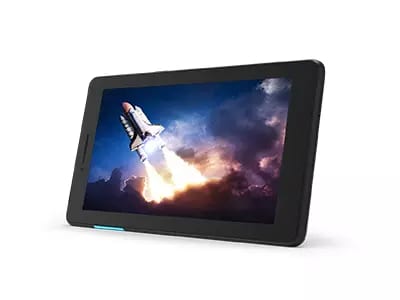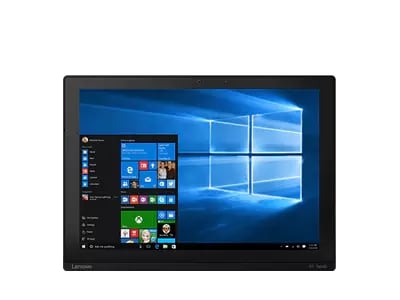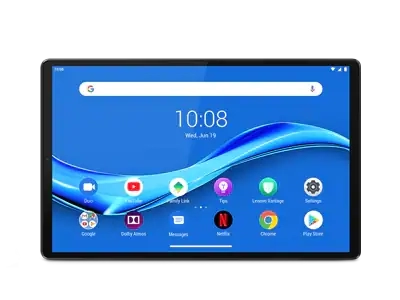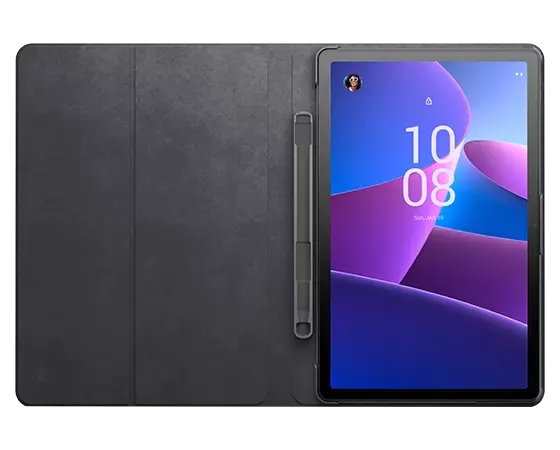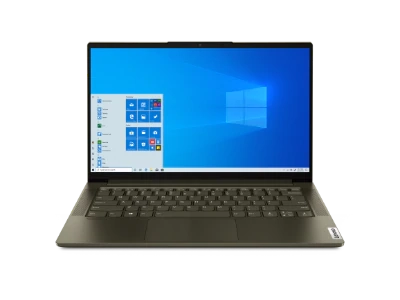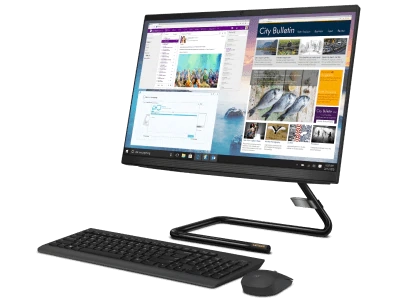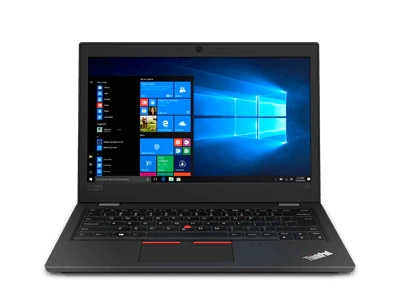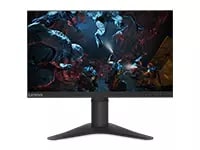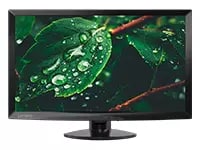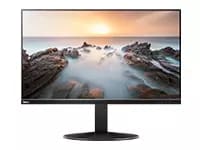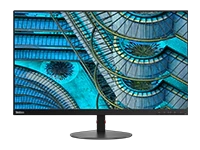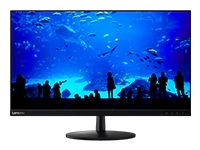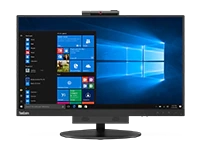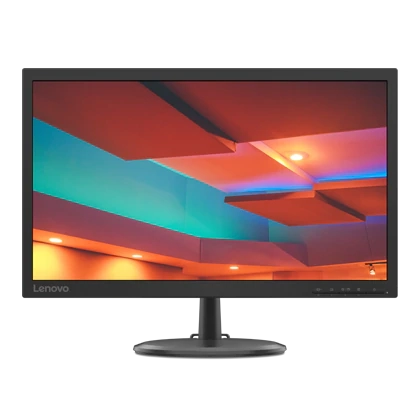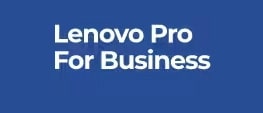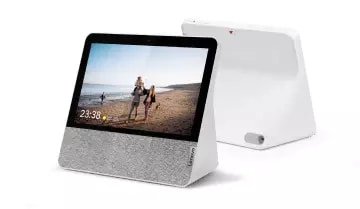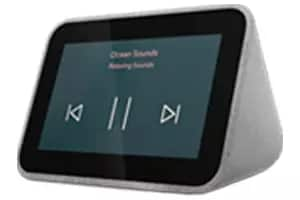What is an Ultrabook?
First there was the laptop, the first truly portable PC. Then came smaller, lighter tablets and netbooks, which were similar to laptops but achieved their tiny size by sacrificing internal storage, battery life, processor speed, and so on. Finally came the Ultrabook -- as small as many netbooks or tablets but with internal components and computing abilities more like those of a full-fledged laptop.
At least, that was the expectation. Yes, very thin and very powerful laptops have become a huge part of the home and business PC market. But while the concept is alive and thriving, the term Ultrabook -- conceived and trademarked by Intel Corp. -- has not taken off as a broadly recognized product category of its own.
Where did the term Ultrabook come from?
The term Ultrabook was coined (and trademarked) in 2011 by Intel Corp. With slate-style tablet PCs and low-powered netbooks becoming popular, the company saw a growing consumer appetite for laptops that would be nearly as thin as tablets but offer faster processors and other features found in higher-end systems.
In particular, Intel saw a market for its new generation of low-energy, low-heat processors, which it designed to operate within the tight confines of a small laptop frame while still running at up to 2.0 GHz cycle times or more. The company worked with multiple PC manufacturers to combine its new chips with advances in storage and battery technology, and the first highly portable -- and highly powerful -- Ultrabook-labeled systems hit stores in late 2011.
How can I buy an Ultrabook?
In the years since they were first introduced, use of the term Ultrabook by PC marketers has declined considerably. Some analysts have attributed this to consumer confusion about where the new label fit in the hierarchy beside the existing netbooks and Chromebooks, tablets, 2-in-1s and regular laptops.
Still, PC makers regularly unveil new systems that meet or exceed the tough specifications Intel defined for Ultrabooks (see below). But most manufacturers have opted to sell these models under their own xxxxBook or Ultraxxxx trade names, or to add Ultrabook-like systems to their existing top-line brands, promoting them as high-powered laptops that are also "ultra light" or "extremely thin and light."
What qualifies as an Ultrabook?
Intel's Ultrabook standards have not been updated publicly for several years. But they still exist. So officially, a laptop qualifies as an "Ultrabook" if it meets the following physical specifications (there are additional technical specifications for processor type, etc., that we cover briefly below):
- Height (How thin?):
- 0.787 inches (20 mm) for laptops with smaller displays (less than 14")
- 0.905 inches (23 mm) for laptops with larger displays (14" or more)
- Battery Life (How long unplugged?):
- At least 6 hours of HD video playback or 9 hours of Windows OS idle time
- Resume Time (How long to wake up from hibernation?):
- 3 seconds or less
The Ultrabook specifications (last updated in 2013) also include requirements for particular low-voltage Intel processors and certain kinds of Intel-branded system management software. The specs even require that the display be a touch screen (reportedly based on Intel's belief at the time (thanks to user studies) that users would increasingly choose touch commands over keyboard ones).
Note that the standards do not establish a maximum display size for an Ultrabook. So, an Ultrabook can actually be quite large -- one could have, say, a 15" display as long as it also meets the requirements for thinness, processor type, and so on. Of course, practically speaking, the height standards for Ultrabooks will always limit their potential maximum display size (at least until advancing technology makes even bigger and thinner displays possible).



Limits: Orders limited to 5 computers per customer. For larger quantities, go to the “Where to Buy” section of the website for details of resellers and retailers of Lenovo products
Offerings and Availability: All offers subject to availability. Offers, prices, specifications and availability may change without notice. Product offerings and specifications advertised on this website may be changed at any time and without notice. Models pictured are for illustration purposes only. Lenovo is not responsible for photographic or typographic errors..
PCs shown here are shipped with an operating system.
Prices: Web prices advertised include VAT. Prices and offers in the cart are subject to change until the order is submitted. *Pricing - savings referenced off regular Lenovo web prices. Reseller prices may differ from those advertised here.
**Battery: These systems do not support batteries that are not genuine Lenovo-made or authorised. Systems will continue to boot, but may not charge unauthorised batteries. Lenovo has no responsibility for the performance or safety of unauthorised batteries, and provides no warranties for failures or damage arising out of their use. **Battery life is based on the MobileMark® 2014 methodology and is an estimated maximum. Actual battery life may vary based on many factors, including screen brightness, active applications, features, power management settings, battery age and conditioning, and other customer preferences.
Finance is provided by Duologi. Duologi is the trading name of Specialist Lending Ltd.
General: Review key information provided by Microsoft® that may apply to your system purchase, including details on Windows 10, Windows 8, Windows 7, and potential upgrades/downgrades. Lenovo makes no representation or warranty regarding third-party products or services.
Trademarks: Lenovo, ThinkPad, IdeaPad, ThinkCentre, ThinkStation and the Lenovo logo are trademarks of Lenovo. Microsoft, Windows, Windows NT, and the Windows logo are trademarks of Microsoft Corporation. Ultrabook, Celeron, Celeron Inside, Core Inside, Intel, Intel Logo, Intel Atom, Intel Atom Inside, Intel Core, Intel Inside, Intel Inside Logo, Intel vPro, Itanium, Itanium Inside, Pentium, Pentium Inside, vPro Inside, Xeon, Xeon Phi, Xeon Inside, and Intel Optane are trademarks of Intel Corporation or its subsidiaries in the U.S. and/or other countries.© 2023 Advanced Micro Devices, Inc. All rights reserved. AMD, the AMD Arrow logo, Athlon, EPYC, FreeSync, Ryzen, Radeon, Threadripper and combinations thereof are trademarks of Advanced Micro Devices, Inc. Other company, product or service names may be trademarks or service marks of others.






